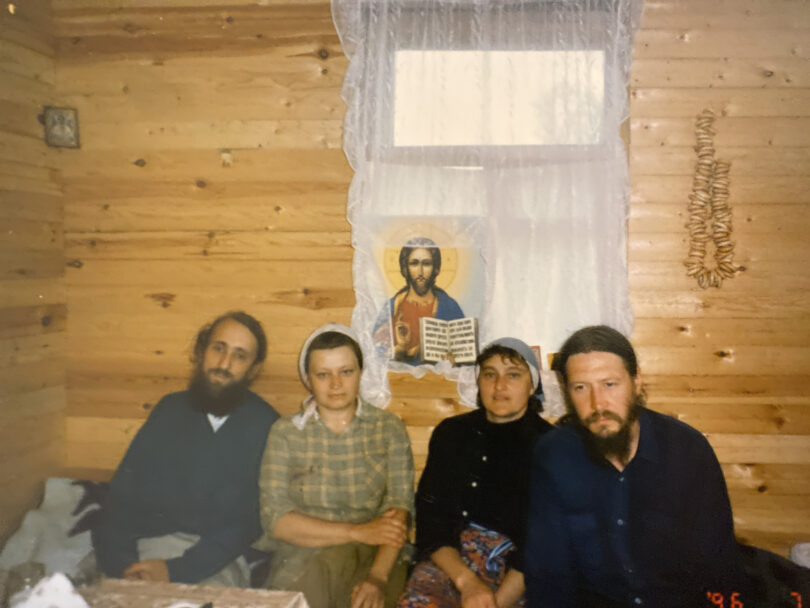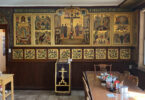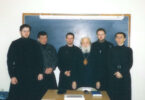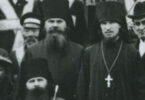Rev. Afanasii (Savitskii) passed away in Russia on February 14, 2024. (Therefore, the report posted below is technically out of order.)
The reception of autocephaly by the North American Metropolia from the Moscow Patriarchate in 1970 ignited a heated discussion about where and what the Mother Church is.
Since the late 1930s, after the martyrdom of the Patriarchal Locum Tenens, Metropolitan St. Peter of Krutitsy, the Russian Church introduced a commemoration for “the Orthodox episcopate of the persecuted Russian Church,” in the place of the litanies ordinarily reserved for the supreme ecclesiastical authority.
The OCA’s recognition of the Moscow Patriarchate as the legitimate Russian Church led the ROCOR Council of Bishops in Montreal in 1971 to recognize the Catacomb Church as the mother church of the ROCOR….
I came to the Seminary in Jordanville in 1990 from what was then still the Soviet Union. In the summer of 1996, for the first time, I went back to what was already the Russian Federation. Part of the plan was an expedition to the Russian catacombs. This is how I met Fr. Afanasii, who passed away on February 14, as a bishop of the church group under former ROCOR Bishop Agafangel of Odessa. Fr. Afanasii had been ordained by a group in the Catacomb Church that traced its origins back to the so-called Bishop Seraphim (Pozdeev, d. 1971).
In 1990, based on the expert knowledge of Vladyka Lazar, a ROCOR Bishop in Russia, the ROCOR Synod qualified all ordinations committed by Seraphim (Pozdeev) as void of grace. From Pozdeev’s Soviet interrogation files, which re-surfaced in the early 2000s, it became clear that he was a self-proclaimed bishop.
Having returned to Jordanville, I wrote a report to the ROCOR Synod of Bishops on my meetings with the “Catacombers” in Belarus (“schema-metropolitan” Epifanii), in the Caucasus (“schema-metropolitan” Theodosii), and in Russia (“Archimandrite” Afanasii). The “Catacombers” showed no interest in having a dialogue with the ROCOR similar to that which took place later with the Moscow Patriarchate. However, they did not mind entering into communion with the ROCOR as long as they were not subjected to any scrutiny.
A copy of this report ought to be available at the archives of the Seminary and, probably, of the Synod of Bishops. When Bishop Agafangel of Odessa refused to recognize the 2007 reconciliation and organized his own ecclesiastical administration, he used this report as an argument for receiving into communion a branch of the Catacomb Church originating from Seraphim Pozdeev.
The fact that the prayer of consecration was read over Rev. Afanasii gives the notion that he had lay status (he was baptized in the Moscow Patriarchate) when he was consecrated directly as a bishop. At the same time, the Ecumenical Patriarchate received the Ukrainian schematics, which did not have apostolic succession, without any canonical correction. Therefore, the bottom line of this conversation is that while the way of preserving centralized church organization in Russia and the diaspora entailed a danger of compromise with anti-Christian authorities, the way of decentralization brought with it the peril of losing apostolic succession and also a sense of the unity about which the Lord prayed in Gethsemane (John 17). Lord, be merciful to the newly departed Afanasii and us sinners!











